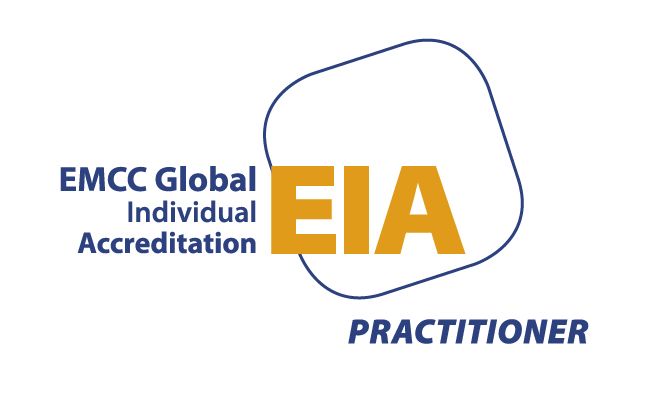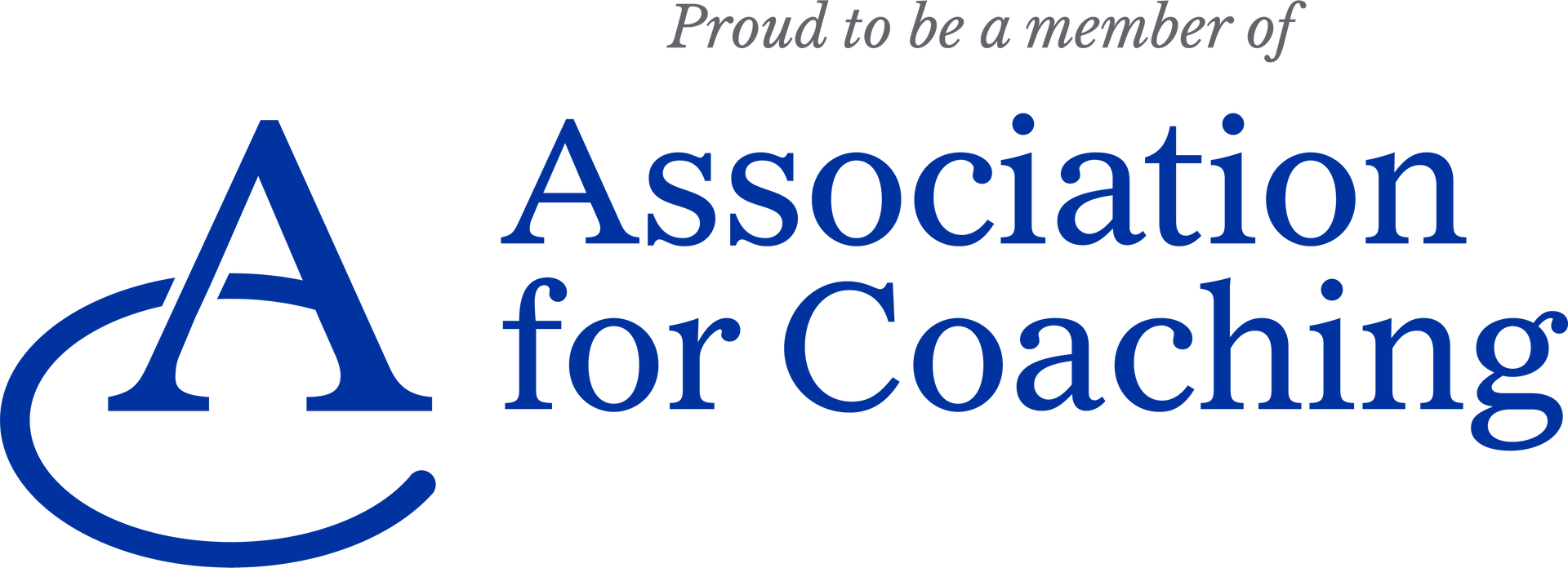Intergeneration Teams - Yay or Nay?
Barbra Carlisle • May 13, 2025
How the hell to manage different generations in work

The jury is out. Recent trends in thinking that intergeneration teams are ultimately more productive and higher performing is now coming under scrutiny. However, leading a team with members from different generations can be challenging yet rewarding. Each age group brings distinct values, goals, and perspectives that they may or may not want to share with the rest of the team.
Here I share ideas for effectively managing teams with diverse age groups.
Understanding Generational Differences
When I asked ChatGPT to share a summary of the Generations here is what it came up with:
- Traditionalists 1928–1945 Loyal, disciplined, respect authority. Want job security, clear hierarchy, face-to-face communication. Struggle with tech changes
- Baby Boomers 1946–1964 Hard-working, competitive, team-oriented In-office work. Seek structured leadership, value recognition. Slower adoption of tech, work-life balance issues
- Generation X 1965–1980 Independent, pragmatic, adaptable. Seek work-life balance, autonomy, results-oriented leadership. Feeling overlooked between Boomers and Millennials
- Millennials 1981–1996 Purpose-driven, tech-savvy, collaborative. Seek flexibility, feedback, development opportunities. Impatient for advancement, perceived as entitled by others
- Generation Z 1997–2012 Digital natives, entrepreneurial, socially aware. Want remote/hybrid work, diversity, mental health support. High burnout risk, need for stability and guidance
- Generation Alpha 2013–2025 (still emerging) Future-forward, screen-native, globally minded (expected). Likely to expect AI integration, gamified learning, extreme customisation.
So a broad-brush sweep of millions of people into six boxes. Stereotyping for sure but built on trends and data. Useful to help us think about who we have around us in the workplace and how they may be motivated at work.
Strategies for Leading Diverse Age Groups
Whether you have 5 or 2 generations working in your workplace thinking about how to connect and get the most out of them is good management. Here are a couple of ideas:
1. Foster Open Communication:
Encourage open conversation to build confidence across generations, and support people to know they have a place in the team. This could be ensuring everyone has a chance to speak at meetings and share their perspectives. Rules of engagement – such as no idea is a bad idea – should be encouraged.
2. Tailor Your Leadership Style: Adapt your leadership approach to meet the needs of different generations. For example, provide mentorship for Baby Boomers and autonomy for Generation X. Give Gen Z the opportunity to experiment and fail fast.
3. Promote Intergenerational Collaboration:
Create opportunities for team members to work together on projects, leveraging the strengths of each generation
4. Reverse and Co mentoring: Develop team bonds between generations by co mentoring where older and younger support one another and learn as they grow.
Conclusion
Leading a team with diverse age groups requires a nuanced approach. By fostering open communication, tailoring your leadership style, and promoting intergenerational collaboration, you can effectively manage and leverage the strengths of each generation to achieve organizational success.
Connect with me to explore how mentoring and coaching can support you in managing and leading intergenerational teams.
Share this article with your network, subscribe for more insights, and discover the transformative impact a coach can have on your journey.




